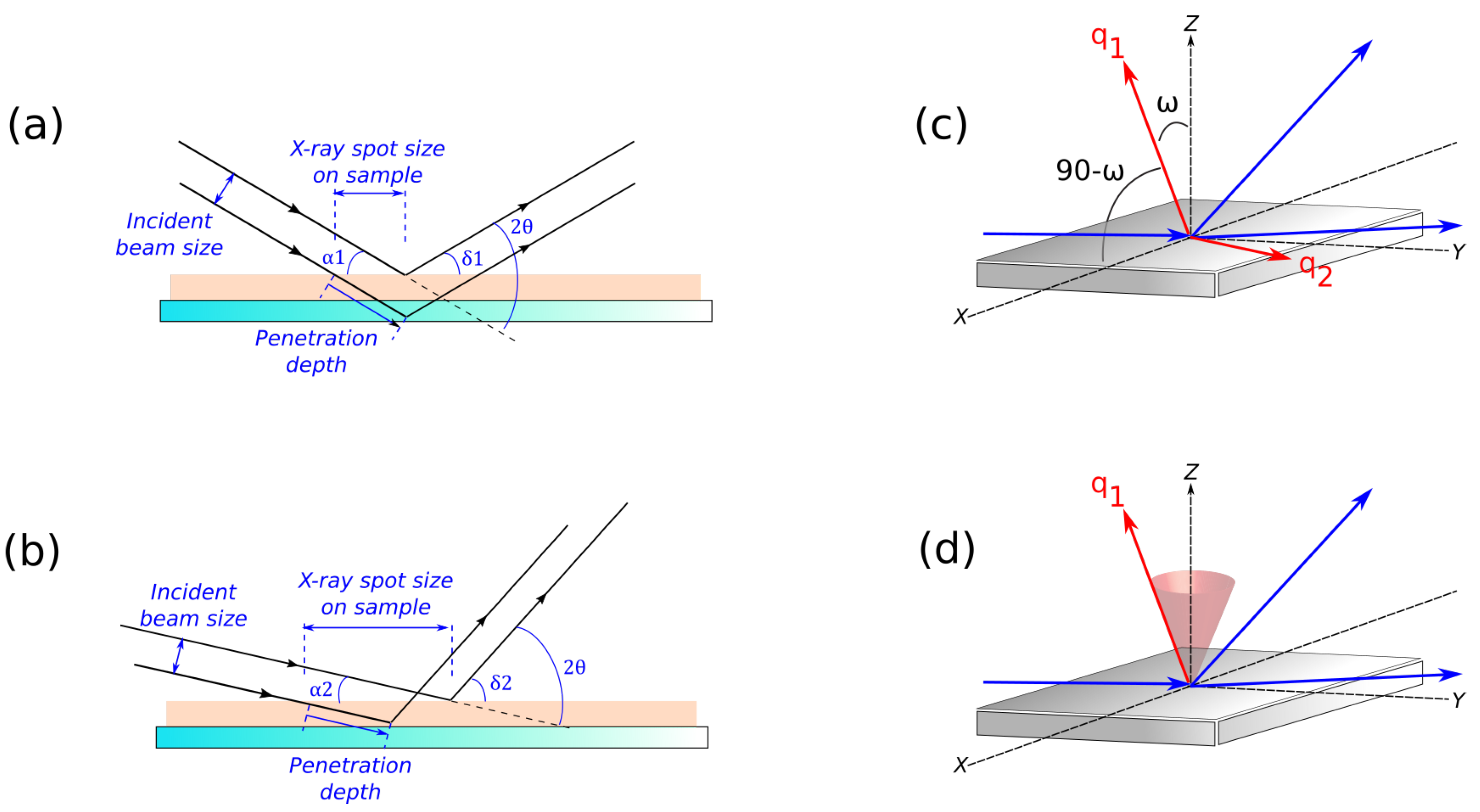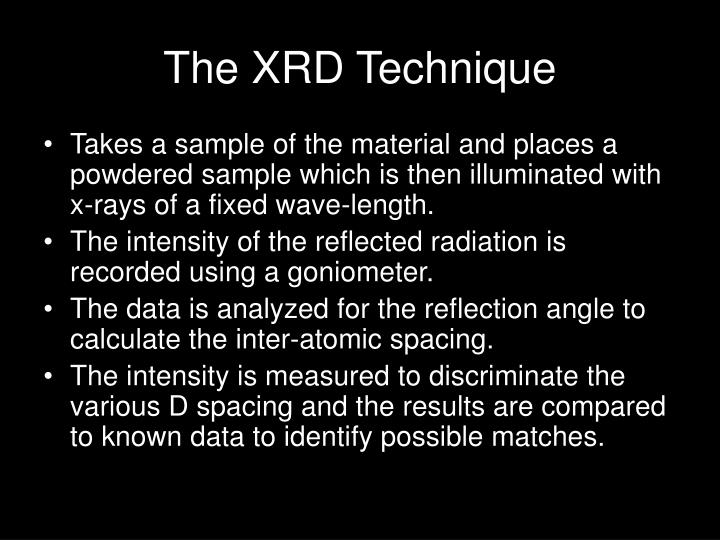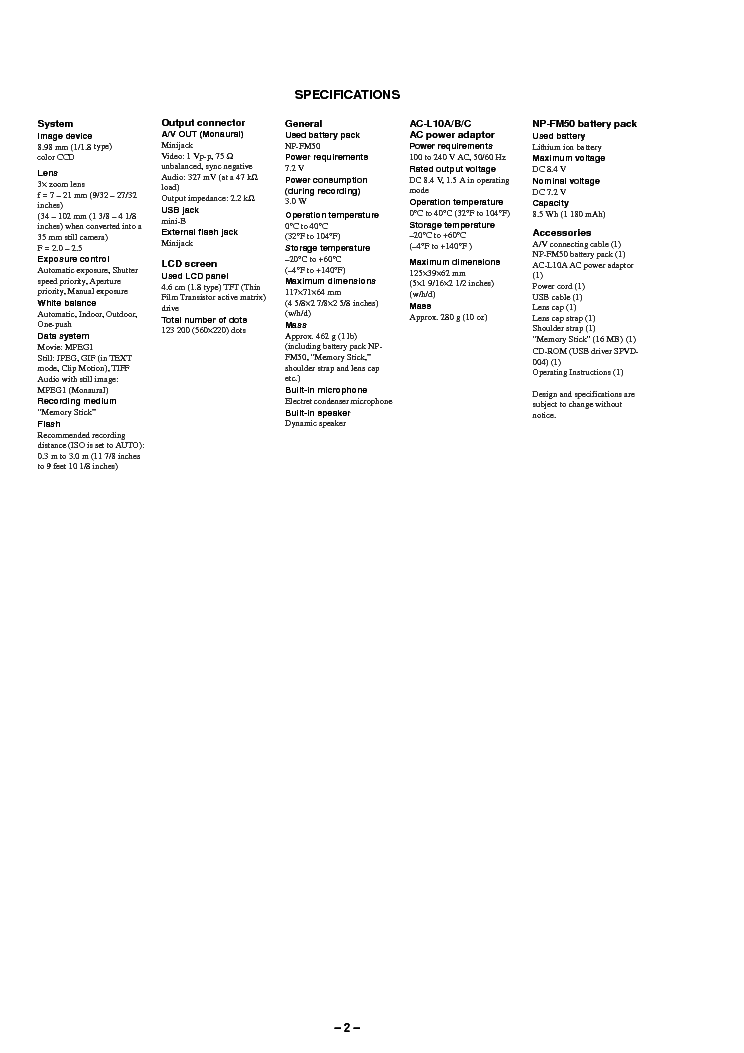Xrd Technique Download
Description

X-ray Diffraction Analysis (XRD) is a non-destructive analytical technique which can yield the unique definition of crystalline phases. Minerals like alcite, dolomite gypsum, magnetite, hematite, portlandite, tobermorite can be analysed regardless of the colours. Since every crystal has a defined structure which is like human fingerprint, XRD can be used to characterised its structure.
Xrd Applications

| • Phase composition determination |
| • Characterisation of doped cell structures for electro-ceramics |
| • Measurement of hard coating composition and structure e.g. carbides, nitrides on machine tools |
| • Characterisation of hydroxyapatite coatings on medical implant materials |
| • In-depth analysis of silicon wafers, ITO coated glasses and solar cells. |

X-ray diffraction is a popular technique to discover the structures of organic molecules such as proteins and, most famously, DNA, as well as inorganic crystals. It is also used to determine the degree of long-range order and symmetry present in a crystal, or lacking in a glass, which is the topic of the next module ( Session 21: Introduction. X-ray diffraction (XRD) studies a monochromator can be used to further decrease the spread of wavelengths in the X-ray tensity Wavelength ( ) 0.2 0.6 1.0 1.4 White radiation Characteristic radiation. Omsi bus simulator free online.

Xrd Mechanism
X-ray diffraction has been a standard technique for investigating structural properties of materials. However, most common applications in the organic materials community have been restricted to either chemical identification or qualitative strain analysis. Moreover, its use for polymeric thin films has been challenging because of the low structure factor of carbon and the thin film nature of.
